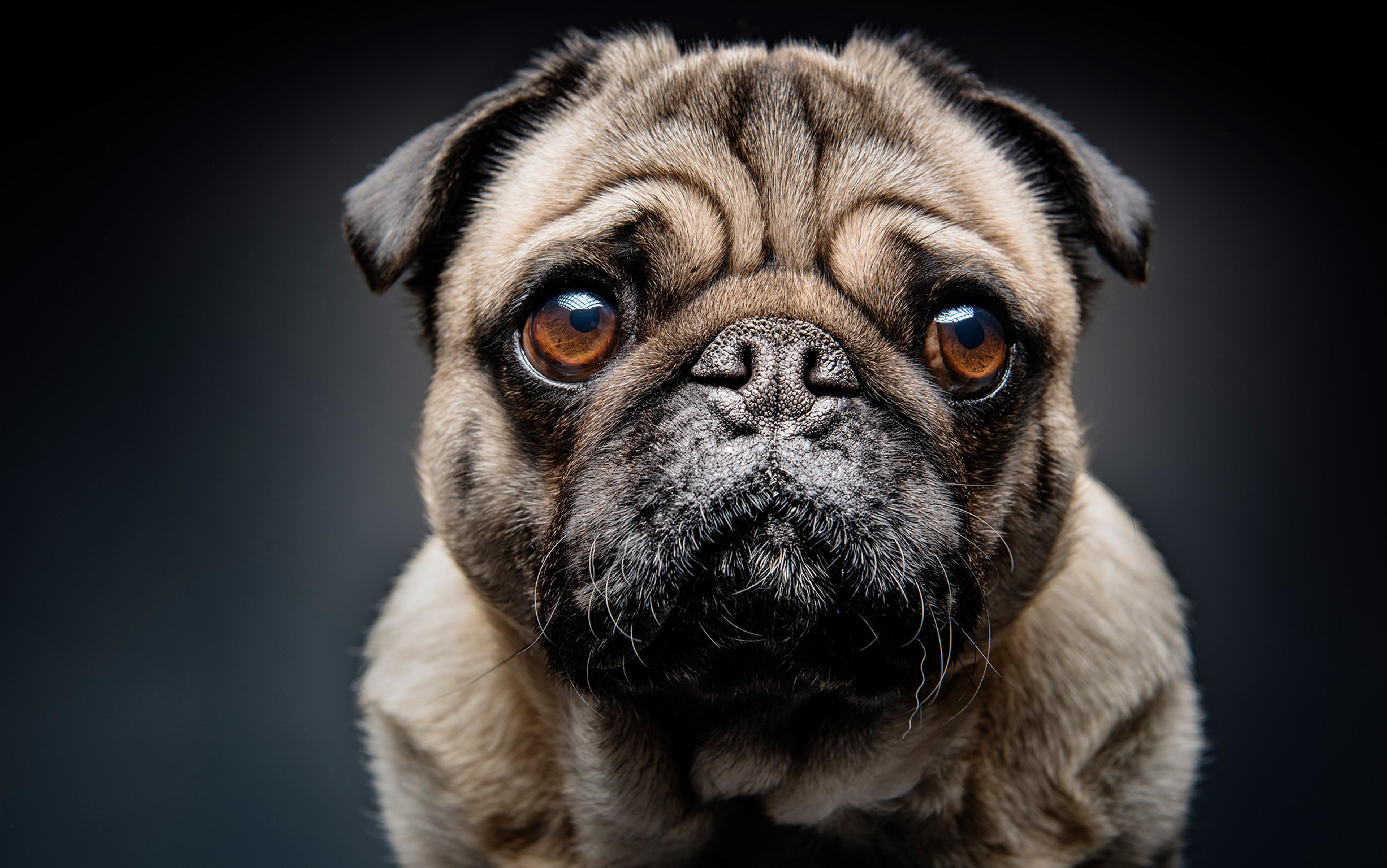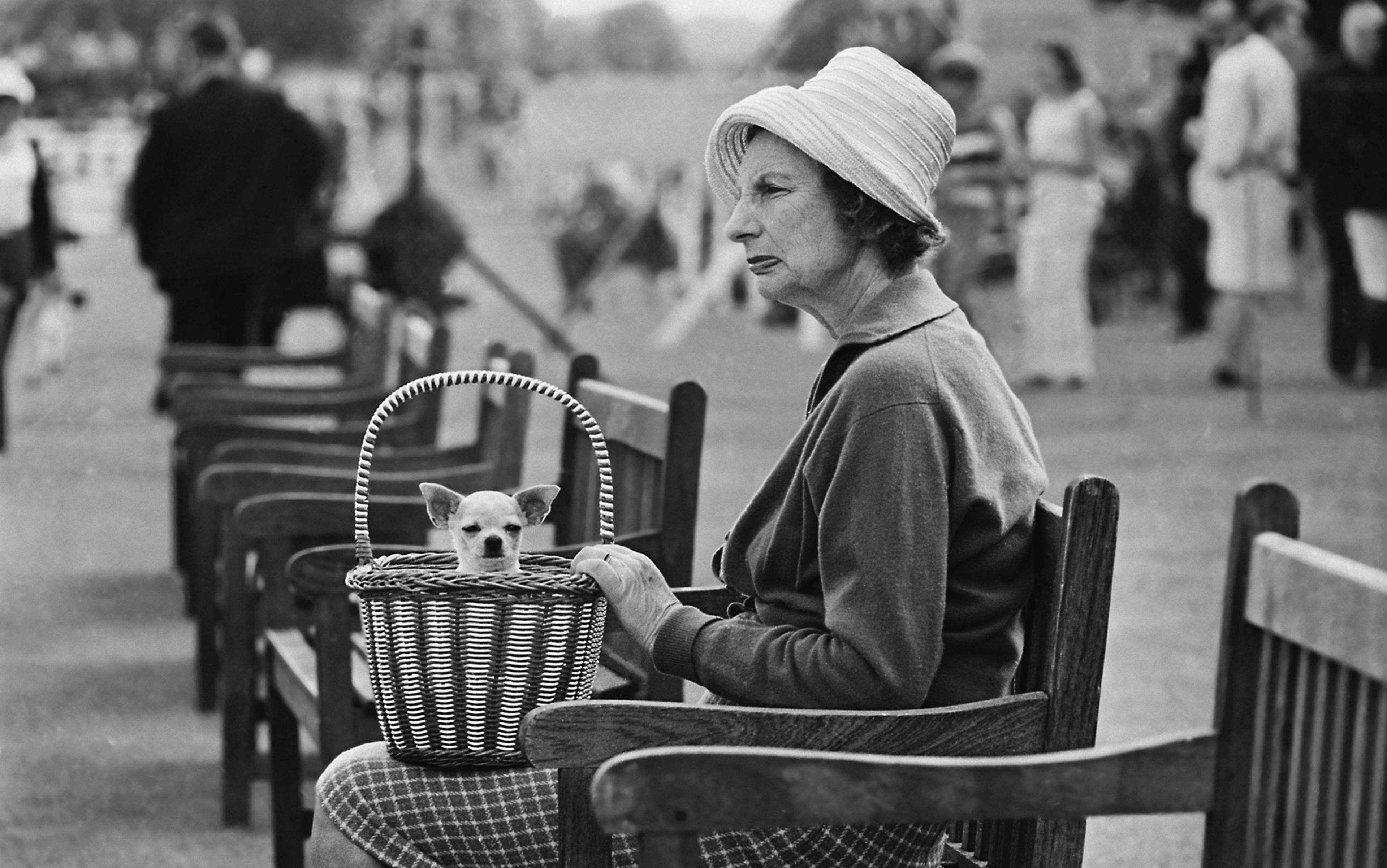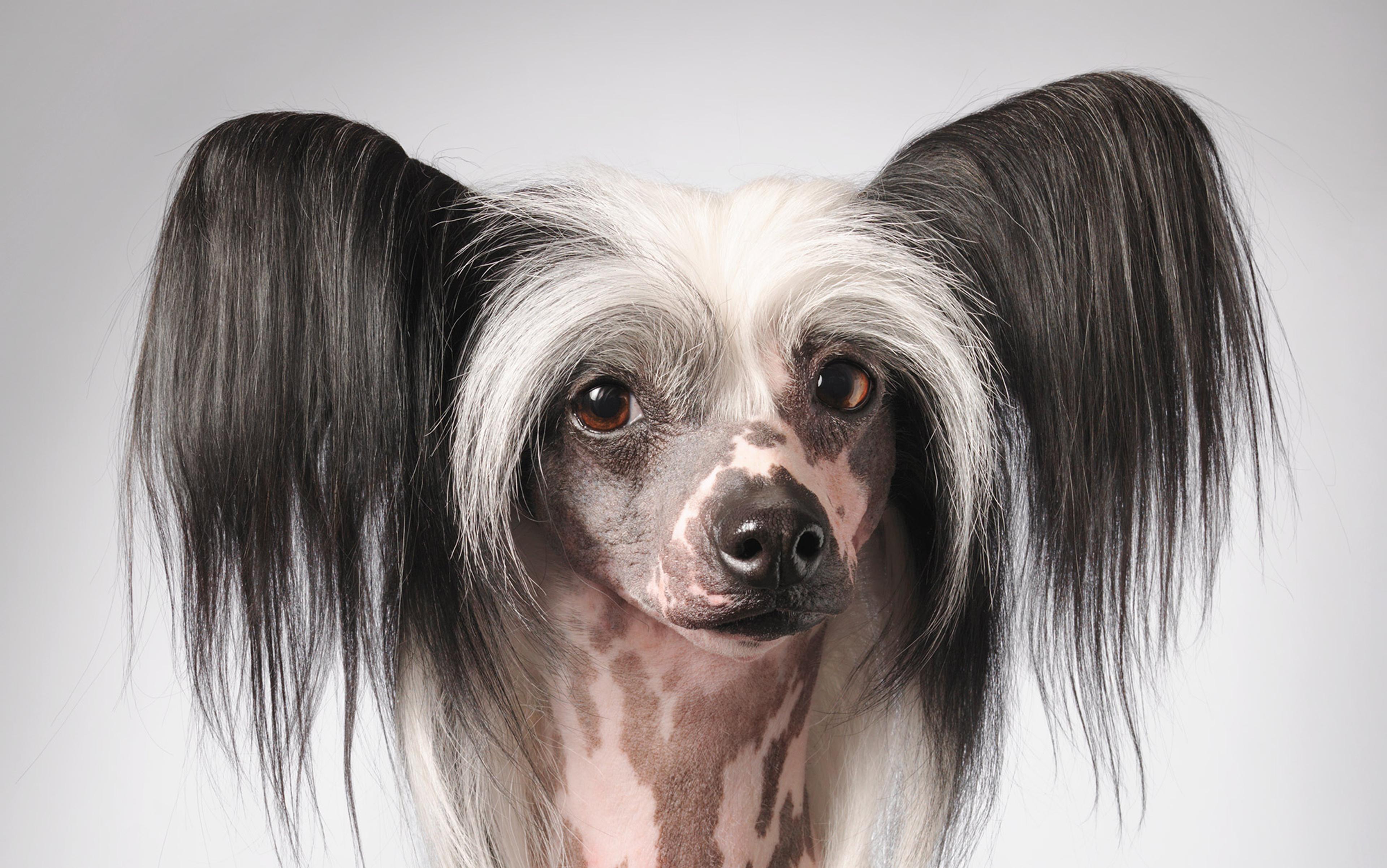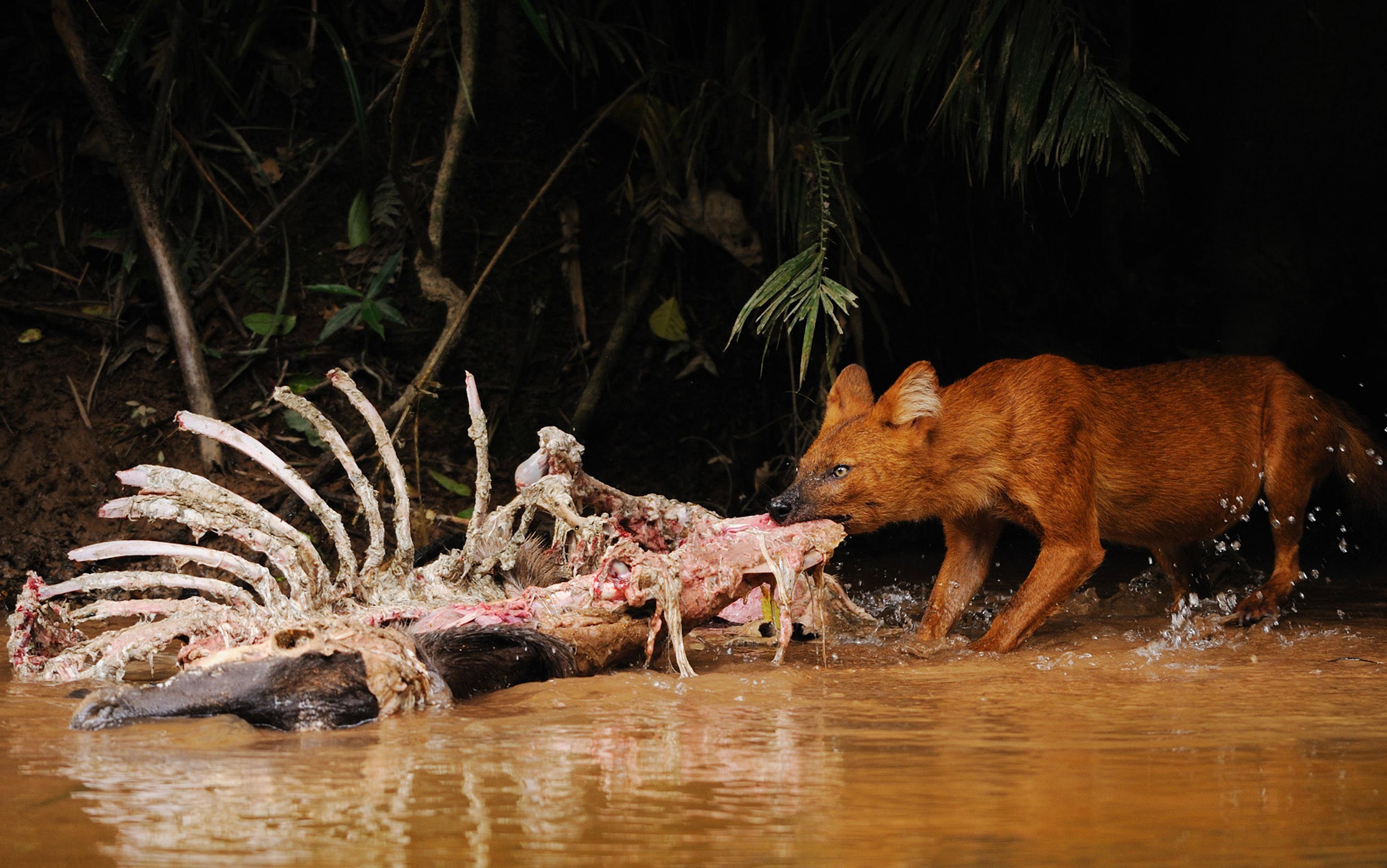Standing in the grocery line, you find it hard to look past that mother and, especially, her baby. Your eyes keep drifting back to the sweet little face, the chubby little hands, the fuzzy hair, the wide eyes that seem to stare right into your soul. Even though you keep your hands to yourself, you might want to scoop the baby into your arms and give her a cuddle. The same thing might happen if someone walks past you with a puppy. You might feel an almost irresistible desire to hold and play with the pup, to get a whiff of her puppy breath. A bad day can feel so much better, thanks to the little furry bundle of joy. If this happens to you, your brain has been hijacked by cuteness. Don’t worry. It’s natural.
Cuteness in offspring serves a key evolutionary function of eliciting a caregiving response from adults. Ethologists have described a ‘baby schema’ – a collection of infantile features such as a round face, big eyes, a little nose, soft skin or fur, unique smells (puppy breath!), and crying sounds – that release innate caregiving behaviours. The baby schema triggers a flood of hormones in the adult brain and, more importantly, captures attention and propels into top priority those movements that respond to the baby. Human babies share with other animal babies the same cute features, which is why we find baby animals irresistible. As the neuroscientist Morten Kringelbach and his colleagues write in a review of the phenomenon, cuteness is ‘one of the most basic and powerful forces shaping our behaviour’.
Cuteness is also one of the most basic and powerful forces shaping human relations with dogs. But unfortunately, it isn’t all sweetness and light – the enduring cuteness of certain dogs throughout life has become a status symbol unto itself.
Thorstein Veblen, in The Theory of the Leisure Class (1899), was one of the first social critics to suggest that people use dogs as status symbols. Veblen argued that breeding, owning and showcasing rare and unusual breeds of dog by the rich was a prime example of what he called ‘conspicuous consumption’ – consumption that signalled wealth and social status. The more useless or unneeded an object, the better it reflected its owner’s expansive success. Rather than be employed in useful work as hunters, herders or guards, the pedigree pet dogs of the rich had only to look distinctive. A dog’s function was to serve as an outward display of a person’s success.
More than a century later, Veblen’s observation has more bite than ever. Although considerably more complex than a display of wealth, pet dogs still function as status symbols. They are bought, sold and displayed as extensions and expressions of human identity and self-worth. They are used to shape how we feel, and to influence the emotions of others. And, by being cute and lovable, they function to lift our mood and tug our heartstrings; dogs have become conspicuous emotional commodities.
In Capital (1867), Karl Marx defines a good or commodity as ‘first of all, an external object, a thing which through its qualities satisfies human needs of whatever kind’. The desire to express status or self-identify class or wealth through consumption can lead to what Marx calls ‘fetishism of the commodity’. To fetishise is to believe that an object has the power to manifest status, prestige, attractiveness or power. To create an illusion, fetishised goods must – like the pet dogs of Veblen’s leisure class – be visible to others.
Users who post successfully and with some strategy can monetise their dog’s cuteness
The most blatant dog fetish today is the yen for cuteness. Almost any foray on to Instagram, YouTube or TikTok will bring you into contact with adorable pictures of dogs and cats and other animals that will make you smile and say: Aww, how cute! You have just witnessed commodity fetishisation through a cultural phenomenon that the media scholar James Meese calls the ‘cute economy’. The cute economy exists primarily on social media, is user-generated, and is heavily dominated by pictures of animals, especially pets. Within the cute economy, the goal is simple: to generate an ‘aww’ response, presumably followed by a tap on the screen to ‘like’ and ‘share’. We can click through image after image of cute animals doing cute things, feeling a little boost of positivity and good cheer.
The marketing researchers Ghalia Shamayleh and Zeynep Arsel from Concordia University in Canada have identified some of the most common categories of cuteness in online pet content: animals doing goofy or silly things; animals of extreme size (especially very small, or ‘smol’); animals with unusual looks; and animals behaving in ways that seem human-like. Dogs and other animals in the cute economy are often further humanised by being dressed in clothing and accessorised with hats, jewellery, nail polish and fur dyed a rainbow of colours. Users who post successfully and with some strategy can monetise their dog’s cuteness. Certain dogs have become cuteness celebrities, with millions of devoted followers and paid content from advertisers. Overall, the cute economy is worth billions of dollars.
It is hard to argue with cuteness, and impossible to deny the unbearable cuteness of dogs. Yet, while the cute economy may make us feel good momentarily, and may generate a lot of money, it might also be driving unhealthy dog-acquisition patterns and, more generally, fostering attitudes towards dogs that aren’t necessarily in their best interest. Maybe dogs have become too cute.
Do people want dogs only for their looks? What are the motivations, values and behaviours of those who decide to go out and buy a dog today? These questions are part of a small but growing area of study. Although the research is still preliminary, available data suggest that physical appearance is the single most important factor driving dog-acquisition practices in the United States and throughout much of the West. And the look that we’re going for right now is ‘cute’.
Unfortunately, the cutest and most popular breeds tend also to be those with the most significant risk of health and behavioural problems. Cuteness is often coupled with canine discomfort. The second most fashionable breed of dog in the US last year was the French bulldog, affectionately known as the Frenchie, distinctive for its large head, extremely short muzzle, big round eyes, and humungous bat ears. Alongside the Frenchie, other brachycephalic (‘short-headed’) breeds remain among the most desired, most frequently purchased, and most likely to appear on Instagram and other social media platforms. In biological terms, brachycephaly refers to a skull that is considerably shorter than is typical for a given species. In dog-breeder lingo, foreshortened muzzles and flat faces are called conformational traits. ‘Conformation’, in the context of dog breeding, refers to how a dog’s physical appearance matches or conforms to standards set by breeding clubs. It indicates nothing about how well or poorly a dog with these physical traits will function in the world.
People consume dog breeds with extremely foreshortened skulls breeds in ever-increasing numbers, despite the accumulation of evidence, much of it widely available to the public, that these dogs suffer from more than their fair share of physical and behavioural challenges, and experience a significantly diminished quality of life relative to their canine peers.
Poor health is actually the trait favoured by humans acquiring these dogs
Consumer research suggests that physical appearance is a more strongly motivating factor for people acquiring a brachycephalic breed than for those acquiring a non-brachycephalic breed. It may be that the millions of people who acquire Frenchies, pugs, boxers and other dogs whose skull morphology compromises quality of life don’t know that cuteness comes at considerable cost for the dog. Or perhaps our attraction to cuteness overrides curiosity into what the dog’s daily life experience may be like – when we first bring the dog home. How could something so cute not also feel happy?
Paradoxically, the appeal of cute small dogs may be their helplessness and disability. In a study published in PLoS one in 2017, Peter Sandøe at the University of Copenhagen in Denmark and colleagues identified a strange phenomenon. People who acquire dogs like pugs that have intrinsic health problems may be making a deliberate choice based on the animal’s need. Dogs with poor health require greater levels of caregiving. The increased caregiving and neediness of the dogs may, in turn, elicit greater feelings of attachment by the owner. So, poor health is actually the trait favoured by humans acquiring these dogs. And, in a weird way, this makes biological sense. The human Aww, how cute! response is a very close evolutionary relative of the caregiving response; both trigger the release of oxytocin, a powerful hormone involved in maternal care, attachment and social bonding.
People are also drawn to the cuteness of dogs with extremely short legs and awkwardly long bodies, such as the corgi, the dachshund and the basset hound. These dogs have been bred for a trait called chondrodysplasia – the shortening of a dog’s limbs caused by abnormal development of the cartilage and bone. As with the brachycephalic skull shape, there are well-established health issues associated with the long, low, hot-dog-like physique, including arthritis, hip dysplasia, intervertebral disc disease and several other orthopaedic maladies. Once again, cuteness seems to override concern for the dogs’ overall wellbeing when it comes to acquisition decisions. Sure, people with dachshunds love their dogs once they’ve acquired them and try to provide them with the best possible care; most dog owners love their dogs abundantly. But our love can be a mixed bag.
Among the most disturbing trends in dog acquisition is the growing consumer interest in miniaturised dogs. Breeders are busy selectively breeding ‘pocket’ and ‘teacup’ versions of already-small dogs, sometimes by mating runts, and sometimes by stunting the growth of puppies to keep them ‘smol’. As the Spruce Pets website says in their article ‘10 Teacup Dog Breeds for Tiny Canine Lovers’ (2022) (insert heart emoji here):
Teacup dogs are extremely popular pets because these micro dogs look like puppies forever. It’s no wonder they can fetch thousands of dollars apiece – their adorably small size make [sic] them a hot commodity for dog parents-to-be.
These dogs – including the miniature versions of the pomeranian (the ‘Pom’), the shih tzu, and the chihuahua – are so cute and small and fluffy, you could easily mistake them for toys.
But it’s hard to be so cute, and modern dogs are struggling. Levels of canine anxiety are off the charts. A study published in Scientific Reports in 2020, evaluating the medical records of nearly 14,000 pet dogs in Finland, found that three-quarters suffer from some anxiety-related problem. Dogs are also becoming increasingly disordered behaviourally. Upwards of 80 per cent of dog owners surveyed in Japan reported that their dog has behaviour problems – a manifestation not of a canine crime wave, but of pet dogs’ collective struggle to adapt to ever-more challenging home environments and to live up to ever-more unrealistic human expectations.
Cute small dogs appear to be struggling especially hard. Studies have found an inverse relationship between size and behavioural problems. The smaller the dog, the greater the number of reported problematic behaviours. One explanation for this is that small dogs on average get less training and socialisation than large dogs, and the emphasis with small dogs is often on cute ‘tricks’ rather than life-relevant skills like recall. Training may seem less important with a dog that weighs 3 lbs (1.4 kg) than with an 80 lbs (36.3 kg) dog because small dogs can be easily overpowered physically by humans. If your Pom is snarling and lunging at a pedestrian walking past, you simply scoop her into your arms. Problem solved.
Yet another possibility – and this extends to all dogs in the cute economy, not just the most diminutive – is that dogs are suffering from psychological distress as a result of a broadscale and deeply inhumane human effort to ‘de-dog’ our dogs.
All dogs, no matter how small and cute, have a range of needs that must be met for them to flourish physically and psychologically. Dogs need to be able to engage their senses, their bodies and their minds in ways that at least approximate their evolutionary history. They need to be on the ground, not in someone’s handbag. They need to investigate the pee messages left by other dogs, and leave their own pee and poo missives; they need to sniff the behinds of other dogs; they need to cavort with friends, run wild through the grass, stalk squirrels, roll in smelly stuff, and get their paws dirty. Dogs need to encounter and solve social challenges, which means they need the freedom to meet and interact with others of their kind under somewhat natural conditions. The risk of de-dogging may be particularly acute for small dogs, for whom appearance has been most strongly commodified and fetishised. Cute small dogs may be less likely to have their species-relevant needs met simply because, the more toy-like a dog appears, the more difficult for humans to apprehend the real dog hiding under the paisley sweater.
He doesn’t sit that way to be cute in his Instagram photo; he sits that way because it hurts to sit like a normal dog
Adding to the challenge is the fact that the cute physical traits humans find appealing can compromise the ability of dogs to engage with fellow dogs in behaviourally nuanced ways. Selective breeding for cuteness has reduced the clarity and range of visual communication in certain breeds. Dogs communicate intention and emotion through facial expressions, such as bared teeth or tightened eye muscles, through the shape of the labial commissures or ‘lips’, which are drawn forward during agonistic displays and pulled back to communicate stress, through the wrinkling of the nose to signal aggression, through well-defined eyebrows that help magnify the expression of the eyes, or through nuanced flattening or rotating of the ears. Dogs also communicate through body posture, and their legs can emphasise a dog’s postural signals. A dominant or aggressive dog walks confidently on slightly stiff legs; a submissive or fearful dog moves forward slowly, with slightly crouched legs. This clear signalling of intention is key to smooth and peaceful social encounters between dogs. Brachycephalic dogs have less flexibility in facial expression compared with their canine peers with more wolf-like heads – their vocabulary is limited, they are ‘locked’ into certain facial shapes, such as a wrinkled nose. In short, they are more likely to be misunderstood. Dogs with chondrodysplasia may not be able to signal as effectively through body posture as their long-legged peers.
When we are overly distracted by cuteness, we may fail to notice that our dogs are in trouble. Consider, by way of example, the heart-wrenching fact that people post and like images of ‘cute’ or ‘hilarious’ dog behaviours that are, in fact, behavioural stereotypies, such as a dog snapping the air at non-existent flies, or frantically spinning in a circle trying to catch her own tail. A stereotypy is a repetitive and seemingly purposeless behaviour pattern and is considered a marker of severely compromised welfare. Disordered and maladaptive behaviours in dogs are no laughing matter. Like the dog spinning after her own tail, they often spiral out of control. Behavioural problems are the leading cause of relinquishment to shelters. They are also a significant barrier to successful rehoming. Owners who remain committed to their behaviourally disturbed dog suffer anxiety and heartache as they try to diagnose and unwind canine pathologies or learn somehow to live with them. Behavioural problems can so profoundly compromise canine and human quality of life that euthanising a dog is the most compassionate option.
Psychological breakdown is often linked to physical pain, and it is undeniable that the prioritising of appearance over health is feeding a canine pain epidemic. Discomfort has become normalised in dogs and even in entire dog breeds. Indeed, a whole range of physical compromises have been so normalised that we fail to recognise them as problematic. For instance, we’ve normalised breathing disorders in brachycephalic dogs. A Frenchie snuffling loudly into the camera might evoke an ‘aww’ response, even though the snuffling is in fact the sound of a dog struggling to breathe through a distorted snout. A recent study by Rowena Packer and colleagues at the Royal Veterinary College in the UK questioned owners of dogs diagnosed with brachycephalic obstructive airway syndrome (BOAS) about their dogs’ health and functioning. More than half of the respondents reported that their dogs had no breathing problems at all. (BOAS is a chronic, debilitating respiratory syndrome, in which soft tissue blocks the airway and makes breathing difficult.)
We’ve normalised hip dysplasia and dislocated kneecaps. We’ve normalised physical malformations, abnormal postures, and strange gaits. A pug in a ‘lazy’ sit with legs out to the side, not under the bum, doesn’t sit that way to be cute in his Instagram photo; he sits that way because it hurts to sit like a normal dog. Yet very few dog guardians – or Instagram followers – would recognise this sit as a pain behaviour. And many would feel inclined to ‘like’ and ‘share’ pictures of the adorable pup. The physical and emotional experiences of dogs become opaque behind the screen of cuteness.
One final point: cuteness can be patronising. To call something or someone cute isn’t always a compliment and, in fact, is sometimes a backhanded way of dismissing someone’s feelings or thoughts. Dogs are far more than cute; they are rich, complex, beings who are not defined by their good looks.
Should we value more authentic relationships with our dogs? A study in 2008 by the marketing scholars Michael Beverland, Francis Farrelly and Elison Ai Ching Lim identified two distinct categories of motivation for acquiring a pet dog: intrinsic and extrinsic. Those who were intrinsically motivated valued their dogs for who they were as individuals, and for the friendship formed with the dog. Those who were extrinsically motivated acquired dogs because of a perceived boost in social status, or as a ‘personal identity project’.
Beverland and colleagues argue that extrinsically motivated buyers, and those who acquire a dog as part of a personal identity project, are more likely to buy so-called designer dogs, such as the ‘Pugalier’ (pug-King Charles cavalier cross), and toy purebreds, such as pugs and French bulldogs. As one of the interviewees in the study put it: ‘I want to try a shorthaired dog like a pug, because they’re quite cute. They have to be cute – that’s the criterion – so that they can sit on the couch with you and snuggle up.’ Extrinsically motivated owners are more likely to treat dogs like toys and are more likely to anthropomorphise dogs by dressing them up, grooming them and decorating them. They are also more likely to view dogs as possessions.
Borrowing the language of Beverland et al, we might ask: is being intrinsically motivated to acquire a dog ethically better than being extrinsically motivated?
Fetishisation is always a risk. Mutts and rescues can be ‘cutified’ just as easily as pugs
One avenue for exploring this question is to investigate whether dogs who live with intrinsically motivated owners get better care than dogs who are bought for entertainment, amusement or in hopes of social media stardom. Can we support such a claim with empirical data? Not easily. But there are some threads we might pull on. Beverland’s small study, for example, found that intrinsically motivated people considered the relationship with their dog to be one of mutual respect between two intelligent beings, took seriously the responsibility to care for the dog’s needs, and emphasised the importance of letting their dogs have time off leash to roam and explore. They expressed the desire to let dogs be their ‘authentic’ selves. The extrinsically motivated were more likely to view the human-dog relationship as one-directional, with the owner as the boss of the dog. These owners were interested in dressing up and pampering their dog to meet a certain self-image, and were more likely to neglect the dog’s needs.
For most of us, the motivations behind dog acquisition are a complex combination of extrinsic and intrinsic. Those who find their dog innately satisfying may still tune in to external judgment from others. This can take the form of virtue signalling about having a mutt (‘I’d never get a purebred!’) or about having adopted rather than shopped. Fetishisation is always a risk. Mutts and rescues can be ‘cutified’ just as easily as pugs. And any dog can be put into the service of human self-identity projects and status-seeking. By the same token, even dogs who are the most highly fetishised and commodified may, nevertheless, be recognised by their humans as authentic selves, and unique and beloved individuals.
It’s time to take the ‘cute leash’ off. The study by Beverland and colleagues invites us to examine our intentions when it comes to living with dogs. If the commodification of dogs makes us uncomfortable, then maybe we need to prioritise intrinsic motivations for interspecies friendships, and keep our attention on the inherent value of each dog rather than on their physical appearance. On an individual level, we can ask ourselves: ‘Why do I want to live with a dog, and why this dog?’ On a broader level, all of us who love dogs should actively challenge cultural and social practices that commodify and fetishise dogs. We can examine our motives for acquiring dogs, for considering some dogs superior to others based on their looks, and can think through the consequences for dogs of the human obsession with categorising and valuing them according to that murky but darkly powerful concept: ‘breed’.
Specifically, we can resist the commodification and fetishisation of appearance by opting out of social media channels peddling in the cute economy, such as Instagram accounts featuring dogs with brachycephalic or chondroplastic features, or sized to fit into the palm of our hand. We can choose not to ‘like’ or ‘share’ images of dogs whose cuteness is linked with discomfort, or any time we get a sense of exploitation.
Even if we are biologically attracted to dogs who are super cute, we also have the capacity to be mindful in our emotional responses to dogs, in how and whether we act on our impulses. Sometimes we might decide that our cute response is off base – a dog who can’t breathe really isn’t cute – and we can work to reframe and rewire.
And even more importantly, all of us who live with dogs now – and perhaps especially those who live with an extremely cute dog (raise your hand) – can do our best to take our dogs off the cute leash. After we tell our dog, with a wink, just how cute she is, let’s also take a few minutes to expound on her individual quirks and personality, to contemplate her rich and mysterious inner world. Let’s try to understand who she is behaviourally, what she needs in order to flourish as a dog, and how we can best provide those things. Let’s close our eyes and imagine not how she appears, but who she is. Then, let’s take our regal, beautiful, strange, awe-inspiring dog into the fresh air and let her just be a dog.





